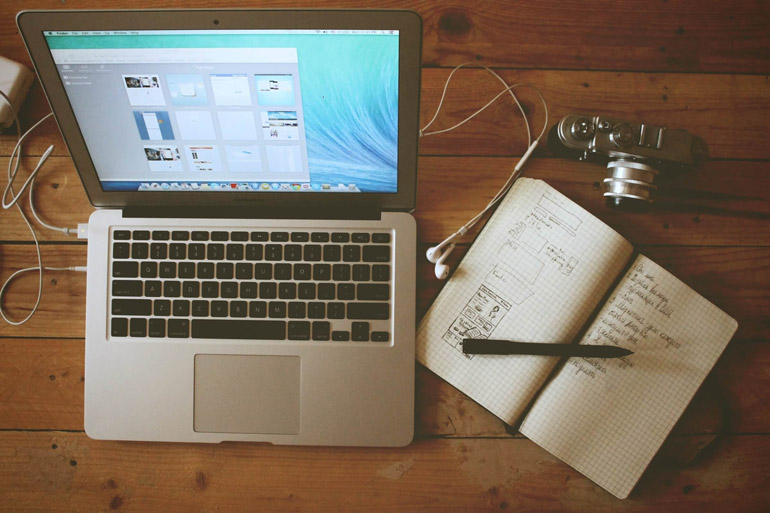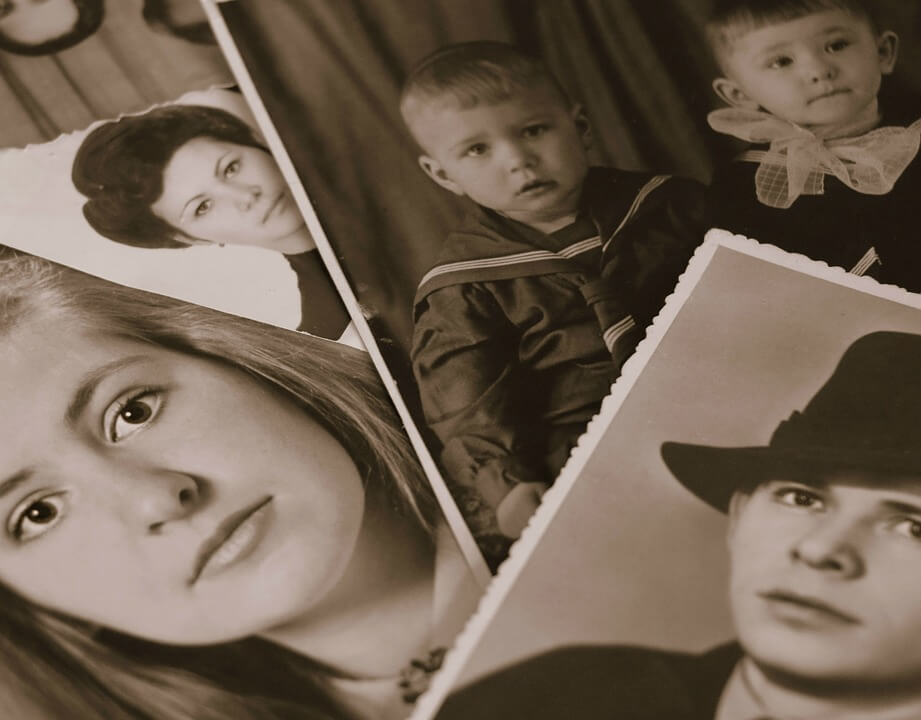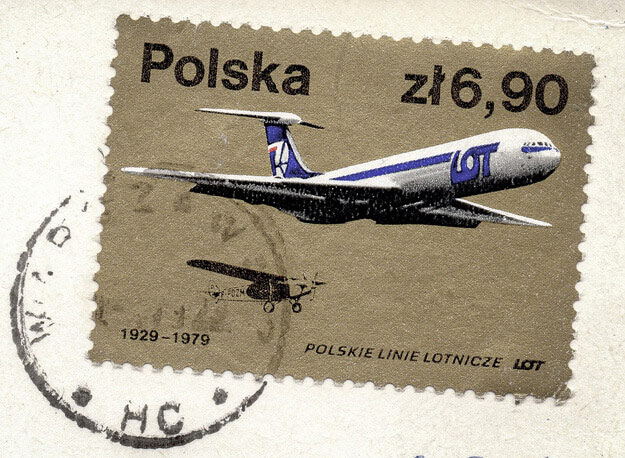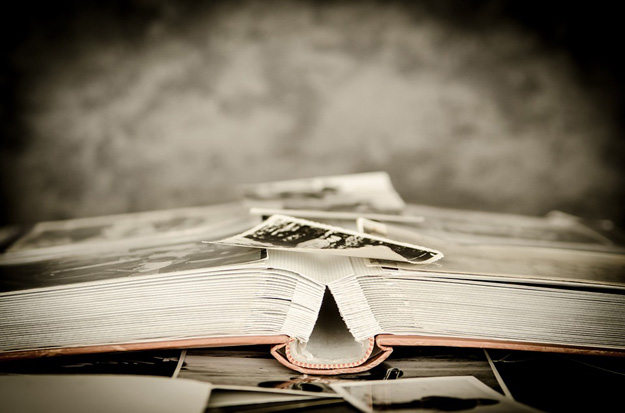
Whether you’re feeling nostalgic or simply want a fun, creative project to help pass down memories to future generations, assembling a family scrapbook is an excellent task to undertake. A family scrapbook tends to include a lot of photographs, but it’s so much more than a photo album. You can include annotations in the margins as well as physical objects like ticket stubs, pamphlets, maps, and any other type of memento that you can affix to the page. You can take on this task alone, but it’s even more fun to include other family members! Make a cup of coffee, sit down with your spouse, parents, grandparents, or children, and get crafty together!

Planning Your Scrapbook
A family scrapbook can cover any span of time that you want. It can memorialize a specific event, cover the last few years, span an entire lifetime up to the present, or it can document your family’s history, including your grandparents or great-grandparents. Deciding on the scope of your scrapbook in advance will help you determine what and who you want to include so that you aren’t trying to go back and squeeze in more people, places, and events after you’ve already finished.
Think about why you want to put this project together – are you trying to document your life? The life of your children? Or would you prefer a more comprehensive genealogical project that covers your family history as far back as possible? Giving some consideration to these questions will help you decide what your ultimate goal is, which will help you figure out how to work towards that goal with your project.
One thing that’s worth including in any scrapbook, regardless of its scope, is a family tree. You may be limited in terms of how far back you can go in your genealogy, but it’s worth tracing your lineage back as far as you can. Leave some room at the top and bottom so you can fill in new information as new family members are born and as new ancestors are discovered. A basic family tree lays out the most recent generation at the bottom of the page and works upwards as you move back in time. For example, if you’re the youngest generation, you and your siblings would go at the very bottom. Any cousins who are also of your generation would likewise go at the bottom of their respective branches on the family tree. Your parents should come above you, your grandparents go above your parents, then great-grandparents, and so on. Try to include the name, date of birth, place of birth, marriage date/location (if applicable), and date/place of death (if applicable). You can also affix a small portrait/headshot of each relative if you have one. If not, you can enlarge a photo that includes that relative, print out a copy, and cut out their head to paste on that family member’s branch. That way your family tree is both informative and visual.

Gathering Photographs
Your scrapbook can include whatever you feel is appropriate, but many people choose to make photographs an integral part of their project. Photos speak louder than words. You can describe someone’s characteristics, mannerisms, and even their style of dress or appearance, but if you’re hoping to pass this scrapbook down to future generations, a photograph will allow those descendants to actually see what a relative looked like.
In addition to photographs of individual family members, try to incorporate photographs that show multiple generations in one image. For example, a photograph of you, your parents, and your grandparents together would be an excellent addition to your scrapbook. If it’s not possible to go that far back or to show that many generations together, you can piece together multiple generation photographs on the same page. For example, you might display a trigenerational photograph of you with your parents and your children next to a bigenerational photograph of your grandparents with your parents when they were young. This type of cross-generational documentation will make it easier for your children or your grandchildren to piece together the intricate patchwork that makes up your family.
You probably have a lot of great family photographs through the years. If you don’t, there’s no need to fret. You can start taking photos of your family right now and fill in the gaps with other mementos. If other relatives have older photos of your family, you might try asking them if you can scan their pictures and make copies for your scrapbook.
Whether you own a collection of photos or you need to borrow them from someone, you should take great care of the pictures you use in your scrapbook. Remember that gluing them down to a page will make it very difficult to salvage your photographs to put into a frame in the future, so you may want to spend some time and money making duplicates of your pictures.

Scanning and Printing Photos
If you decide to make copies of your photographs to use in your scrapbook, there’s no need to pay for professional print services; you can do it all from the comfort of home. You’ll need a printer, of course – ideally one that can produce high-quality photo prints. We’ve discussed how to take digital photos and print them at home in a previous blog, but it’s worth revisiting some basics that will help you when you decide to print images for your scrapbook.
For high-quality photo prints, you’ll want to use an inkjet printer. While laser printers are capable of producing quality work in high volumes, they can’t always match the precision that an inkjet printer provides. That’s because the printheads in an inkjet printer spray a fine mist of tiny ink microdots, and when pieced together on the page those tiny droplets of ink form a cohesive image in each photograph.
There are many different brands and models of inkjet printers on the market, and each has its own advantages and disadvantages. Many professional photography labs use Epson printers for large-scale printing operations, but a lot of customers looking to print photographs at home choose HP printers or Canon printers. If you already own a printer, you can use that device. If you need a printer, it’s worth considering what other applications you will realistically need it for. For example, a multifunction printer allows you to scan, copy, and print documents and images, and may even include a fax function. Photo printers typically offer the highest image quality, but they aren’t as efficient at producing text documents. Shop around to find a printer that will meet your needs beyond this immediate project before choosing a printer to invest in.
Whether you use your own existing printer or you purchase a brand new one, you’ll want to ensure that you get the best quality prints from your device. You may need to adjust your printer’s settings to get high-resolution prints since many devices automatically default to a lower resolution for basic, everyday print tasks. Use photo paper to print out your images, as this type of paper has greater lasting quality and will not get oversaturated with ink during the printing process. Once you’ve got the settings adjusted and you’ve purchased the right paper for your project, you’re ready to start scanning and printing photos for your family scrapbook!

Filling In the Gaps
Whether you have a cohesive series of photographs or your collection is missing a few pieces, it’s important to add other materials and information to your scrapbook. This will vary, of course, depending on your plans for the scrapbook and your aesthetic choices. Some common items to add that can help flesh out your scrapbook include, but are not limited to:
- Tickets from a significant plane, train, or boat trip that you took together.
- Ticket stubs from an event you attended as a family, including concerts, plays, or amusement parks.
- Photographs of various objects of significance, such as your house, your first vehicle, your first bicycle, etc.
- Photographs of important family heirlooms (like a quilt that your great-grandmother made, for example).
- Maps that show the journey your relatives took if they emigrated from another country, or even just maps that highlight a significant road trip your family took together.
In addition to physical objects, you can fill in some pages of your scrapbook with typed or handwritten notes. These notes may simply give context to photographs (like adding the date and some information about where a picture was taken, who was in it, and what was happening), or you may choose to write a longer, more complex narrative that summarizes a family member’s life story. You can be as thorough or as brief as you’d like – just remember the intended purpose of your scrapbook and what you hope to achieve by putting it all together.
Another good way to include some more in-depth family history is to interview a close relative and record the questions and answers. Alternately, you could simply give a prompt like, “Tell me about your childhood and what that was like,” then let that relative talk about the topic you’re addressing. You can then type up the conversation that you had, print out a copy of the transcript, and affix it into your scrapbook. Even if you think you know your parents or grandparents very well, it’s worth revisiting some questions if you haven’t discussed them in many years. Often times the answers your parents gave you when you were a child were very different from what you’d learn by asking the same questions as an adult.

Putting It All Together
By this point, you should have a lot of excellent material to assemble. Assuming you have access to photographs of, information about, and conversations with various family members, you’ll have a lot of really good information and visual images that can bring your family’s lineage to life. If you’re making a single copy of your family scrapbook, you can simply glue or tape the various images, mementos, and notes into your book. However, you can create a really meaningful gift for your family by making copies for everyone. To do this, you’ll just need to scan the various mementos (ticket stubs, maps, etc.) and save them on your computer instead of affixing them directly to the page of a scrapbook. This is another example of how important it is to consider your creative and professional needs when choosing a printer model. Having a printer with a built-in scanner will make it much easier to get a digital copy of your mementos, but if you don’t have access to a scanner you can always take a photograph with a good digital camera or smartphone camera and save it on your computer. Once you’ve made digital copies, you can use a design program on your computer or choose an online platform to lay out and format your family tree, photographs, memento pictures, and notes/narratives/interviews. You can print out your pages on your home printer, bind them with some basic supplies from a craft store or office supply outlet, and deliver them lovingly to the rest of your family. Alternately, you could buy blank scrapbooks for everyone you wish to give a copy to, then print out the photographs, memento pictures, and notes that you wish to include and use adhesives to hand-make each copy. There are so many possibilities when it comes to scrapbooking that it’s easy to get creative and customize your family’s scrapbook(s) any way you like. Just have fun and try to learn as much as possible about your roots so that other relatives, both in the present and in the future, can learn about your family as well!
